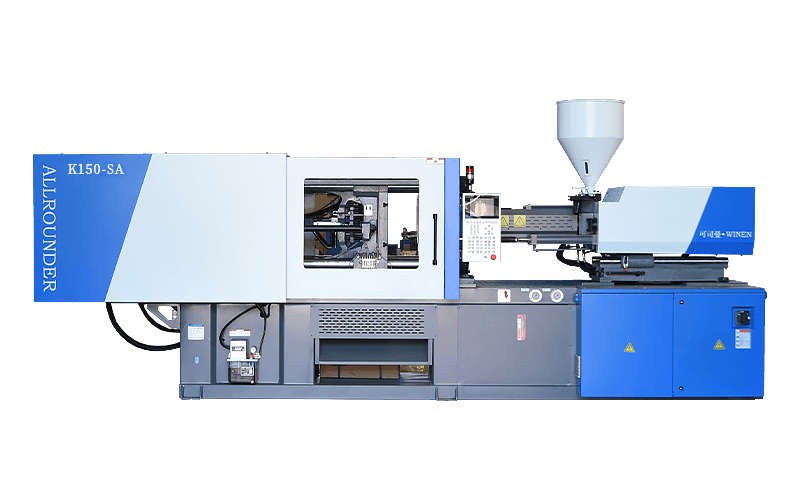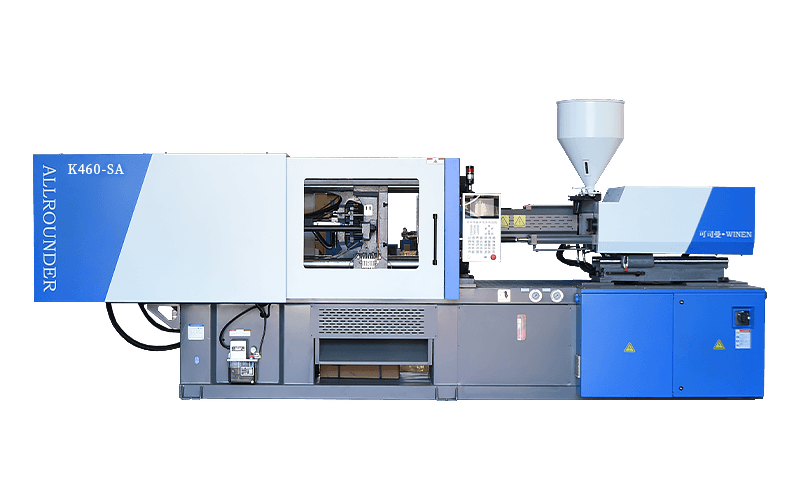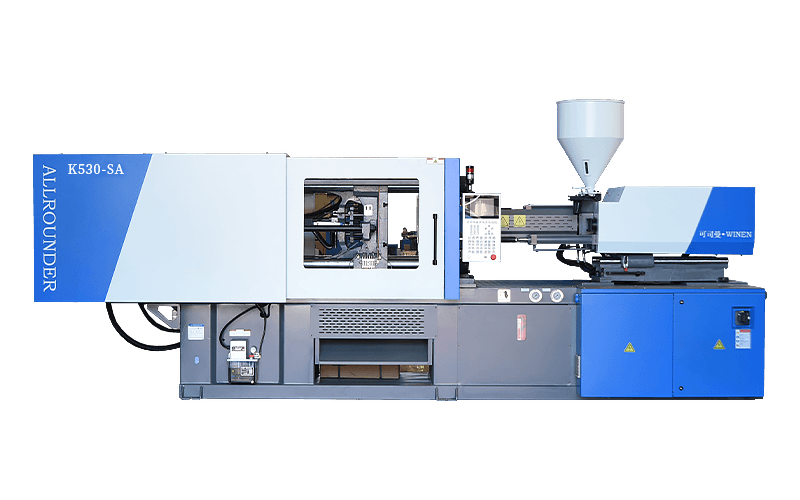Plastic injection molding machines play a vital role in modern industry. They can efficiently produce a variety of plastic products, from daily necessities to industrial parts. In the injection molding process, the choice of cooling system is directly related to the quality and production efficiency of the product.
How the oil cooling system works
The oil cooling system is a common cooling medium choice, especially suitable for production environments with high requirements for stability and precision. It delivers special cooling oil into the mold through a circulating pump. The oil cooling system usually includes an oil tank, an oil pump, a cooler and a control device.
Advantages of high stability
1. Accurate temperature control
The oil cooling system can provide precise temperature control. By adjusting the oil temperature and flow rate, the temperature of the mold is stable within the set range. This precise control is particularly important for some plastic materials with high temperature sensitivity, which can effectively avoid product deformation or defects caused by temperature fluctuations.
2. Stable cooling effect
The thermal conductivity and specific heat capacity of oil are between water and air, so it can provide good cooling effect while maintaining a relatively stable temperature environment. Compared with the water cooling system, which is greatly affected by the ambient temperature and humidity, the oil cooling system can maintain a relatively stable cooling effect under various working environments.
3. Excellent anti-corrosion performance
The cooling oil used in the oil cooling system has good anti-corrosion performance, is not easily contaminated by impurities in the environment, and can effectively extend the service life of the equipment and cooling system. This is of great significance for long-term stable operation and reducing equipment maintenance costs.
Applicability and considerations of oil cooling system
Although the oil cooling system has the obvious advantage of high stability, there are also some factors that need to be considered:
1. High cost
Compared with the water cooling system and the air cooling system, the initial investment and operating cost of the oil cooling system are higher. It is necessary to consider the purchase and installation costs of equipment such as oil pumps, oil tanks, coolers, and regular replacement and management costs of oil products.
2. Environmental impact
The use of the oil cooling system requires attention to the treatment and recovery of oil products to prevent adverse effects on the environment. Reasonable oil management and recovery systems can effectively reduce the risk of environmental pollution.
3. Maintenance requirements
Compared with water cooling systems, oil cooling systems may be slightly more complicated to maintain and maintain. It is necessary to regularly check the oil quality and system operating status to ensure the long-term stable operation of the equipment.
Due to its advantages such as high stability and precise temperature control, the oil cooling system has significant application value in specific plastic injection molding demand scenarios. For companies that pursue high product quality and production efficiency, choosing a suitable cooling system is crucial. Although the investment and operating costs of the oil cooling system are high, the stability and reliability advantages it brings can often bring long-term economic benefits and competitive advantages to the company.



 English
English 中文简体
中文简体












